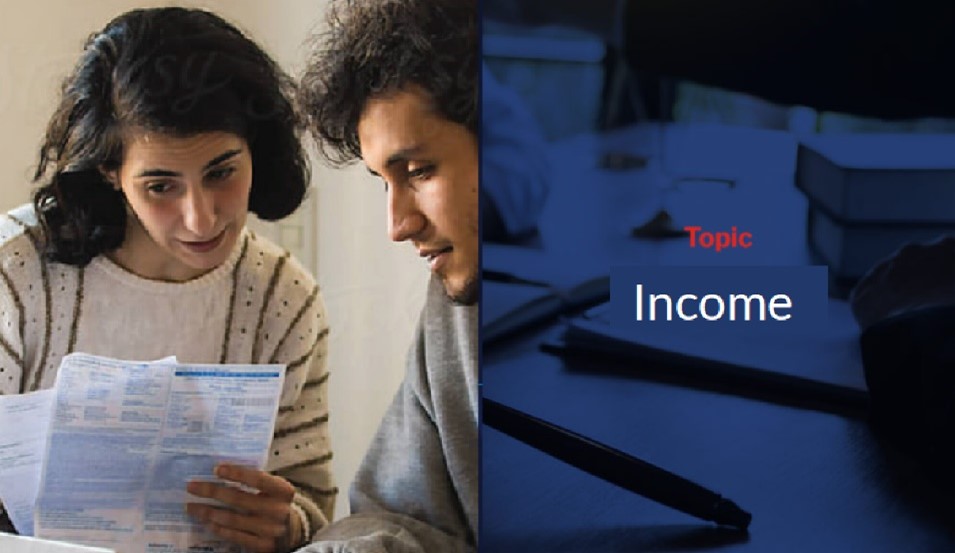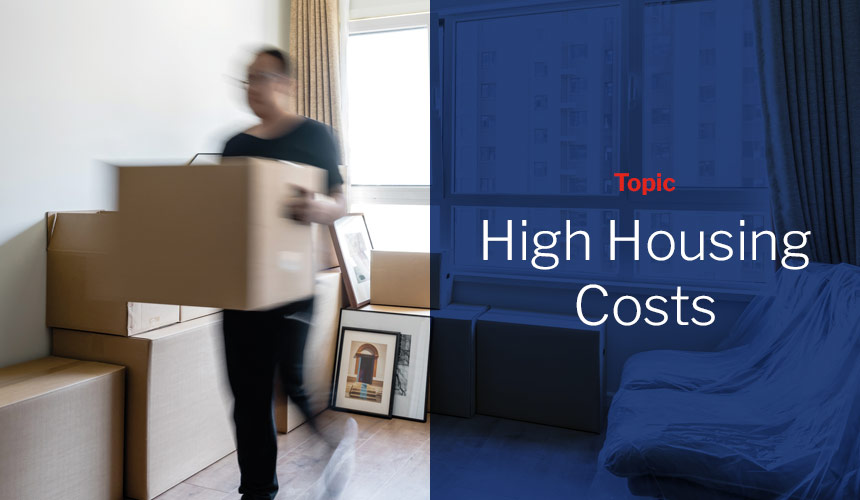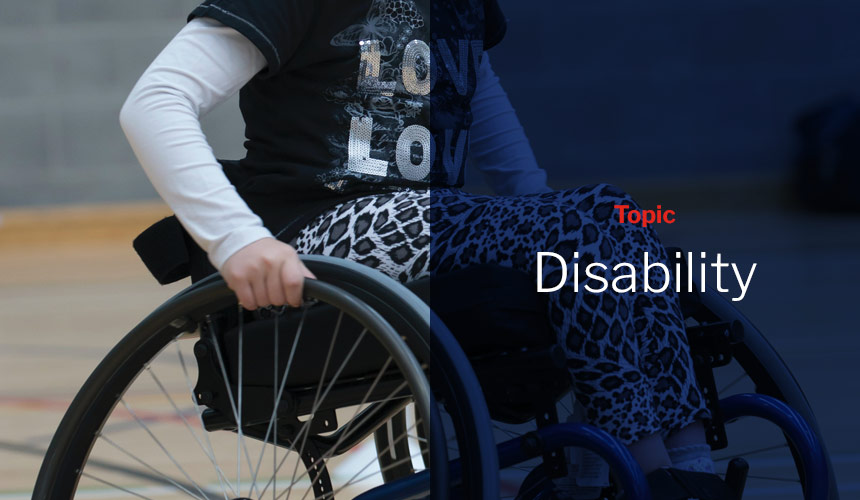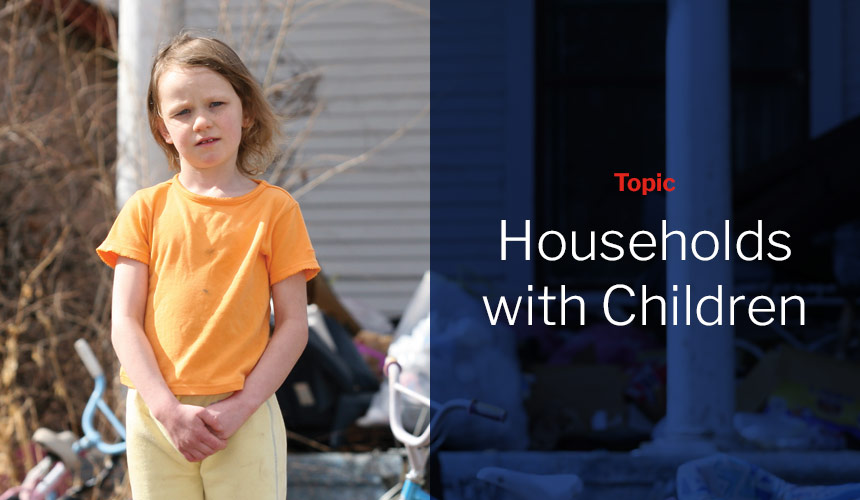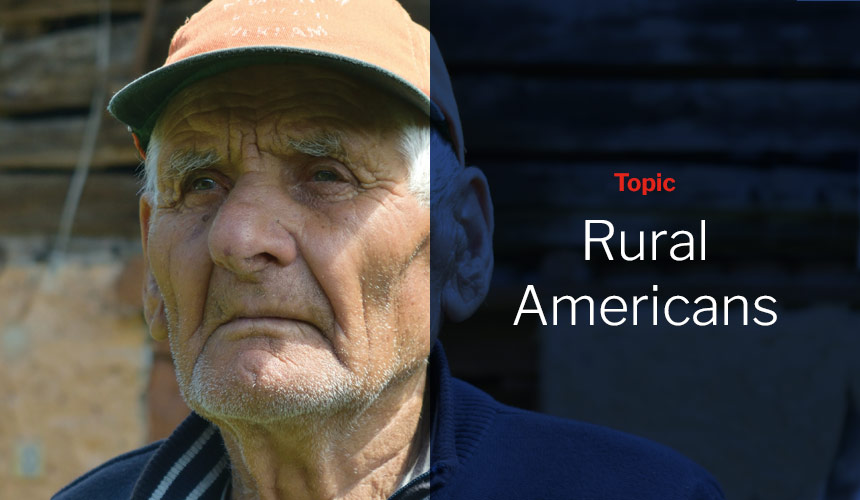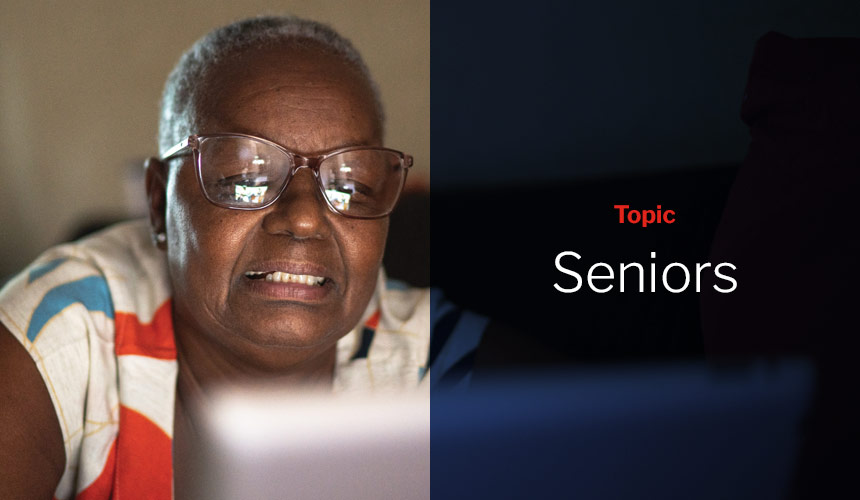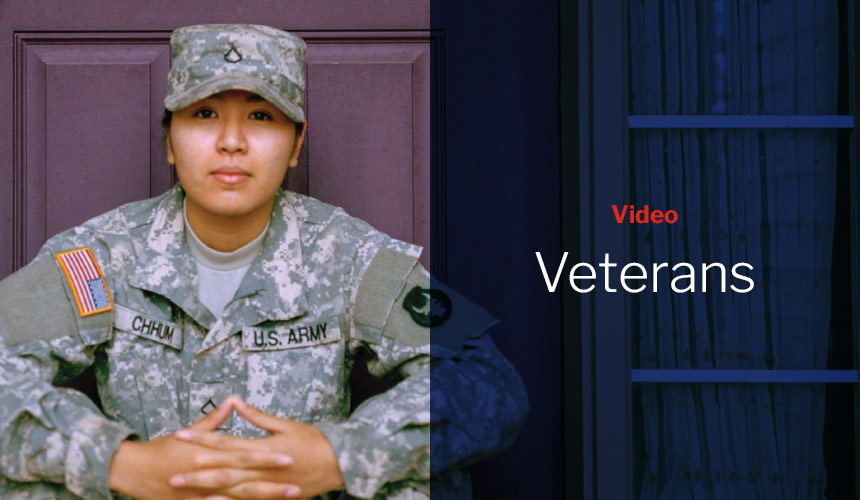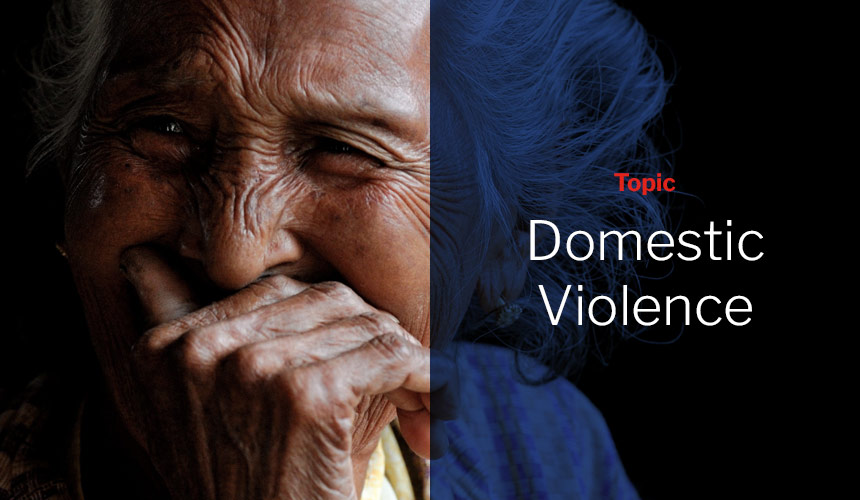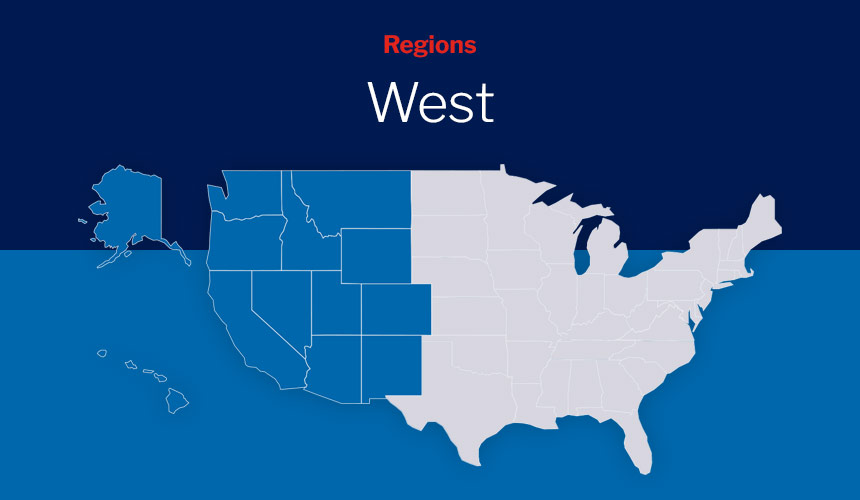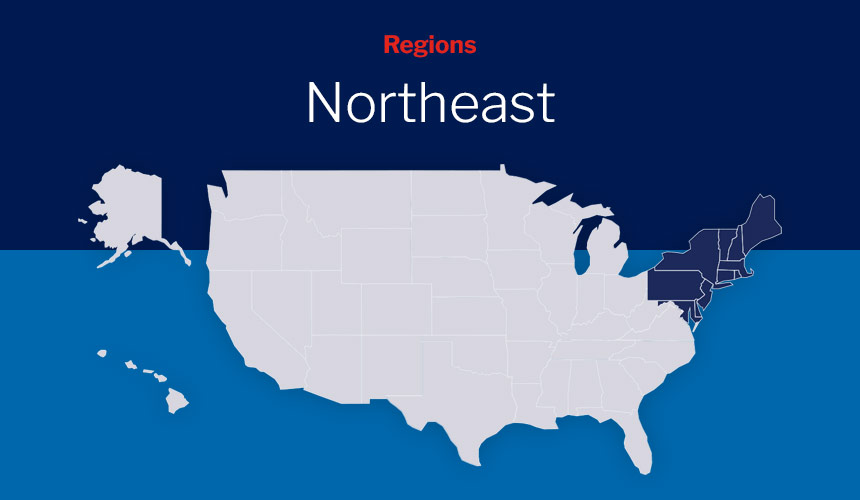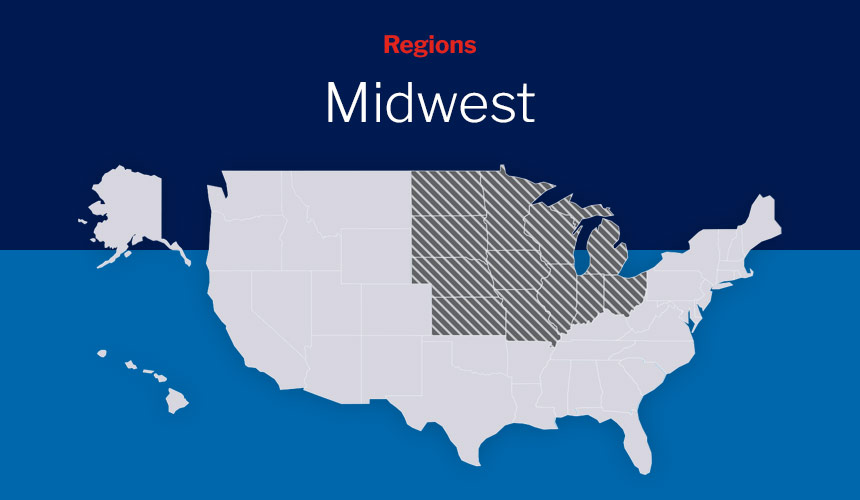The Justice Gap:
The Unmet Civil Legal Needs of Low-income Americans
Low-income Americans did not receive any or enough legal help for 92% of their civil legal problems.
They are forced to “go it alone” without legal representation in disputes where they risk losing their job, their livelihood, their home, or their children, or seek a restraining order against an abuser.
Concerns about the cost of legal help stand out as an important barrier to seeking and receiving legal help.
Nearly one-half (46%) of those who did not seek legal help for one or more problems cite concerns about cost as a reason why. Additionally, more than one-half (53%) of low-income Americans doubt their ability to find a lawyer they could afford if they needed one.

The Justice Gap Report
The Legal Services Corporation (LSC) contracted with NORC at the University of Chicago to help measure the justice gap among low-income Americans in 2022. LSC defines the justice gap as the difference between the civil legal needs of low-income Americans and the resources available to meet those needs. NORC conducted a survey of approximately 5,000 adults using its nationally representative, probability-based AmeriSpeak® Panel. This report presents findings based on this survey and additional data LSC collected from the legal aid organizations it funds.
Low-income Populations
Learn about the justice gap in different communities in low-income America.
Disability
Individuals in low-income households with disabilies did not receive any or enough legal help for 91% of their civil legal…
Households with Children
Low-income households with children did not receive any or enough legal help for 90% of their civil legal problems in…
Rural Americans
Low-income Americans in rural households did not receive any or enough legal help for 94% of their civil legal problems…
Domestic Violence
Brenda, a domestic violence survivor, exhausted her life savings trying to protect her children. LSC grantee Neighborhood Legal Services in…

Regions
Explore the justice gap and help-seeking behavior among low-income Americans in different regions.


